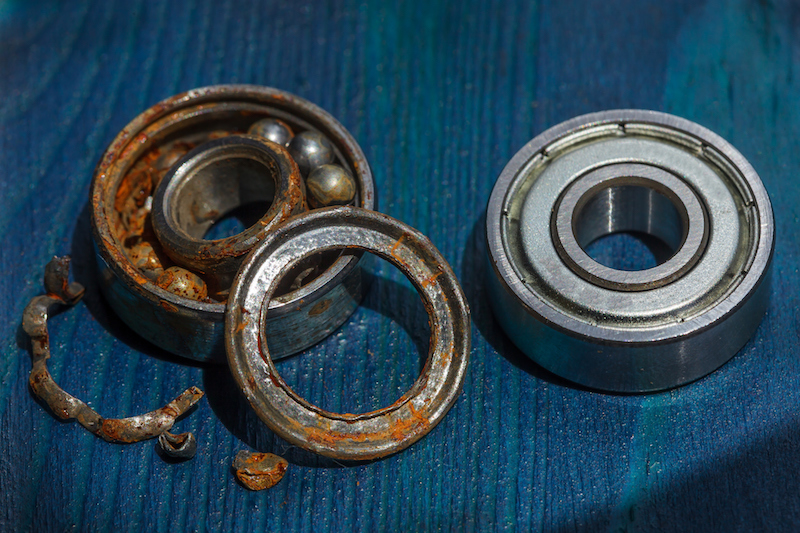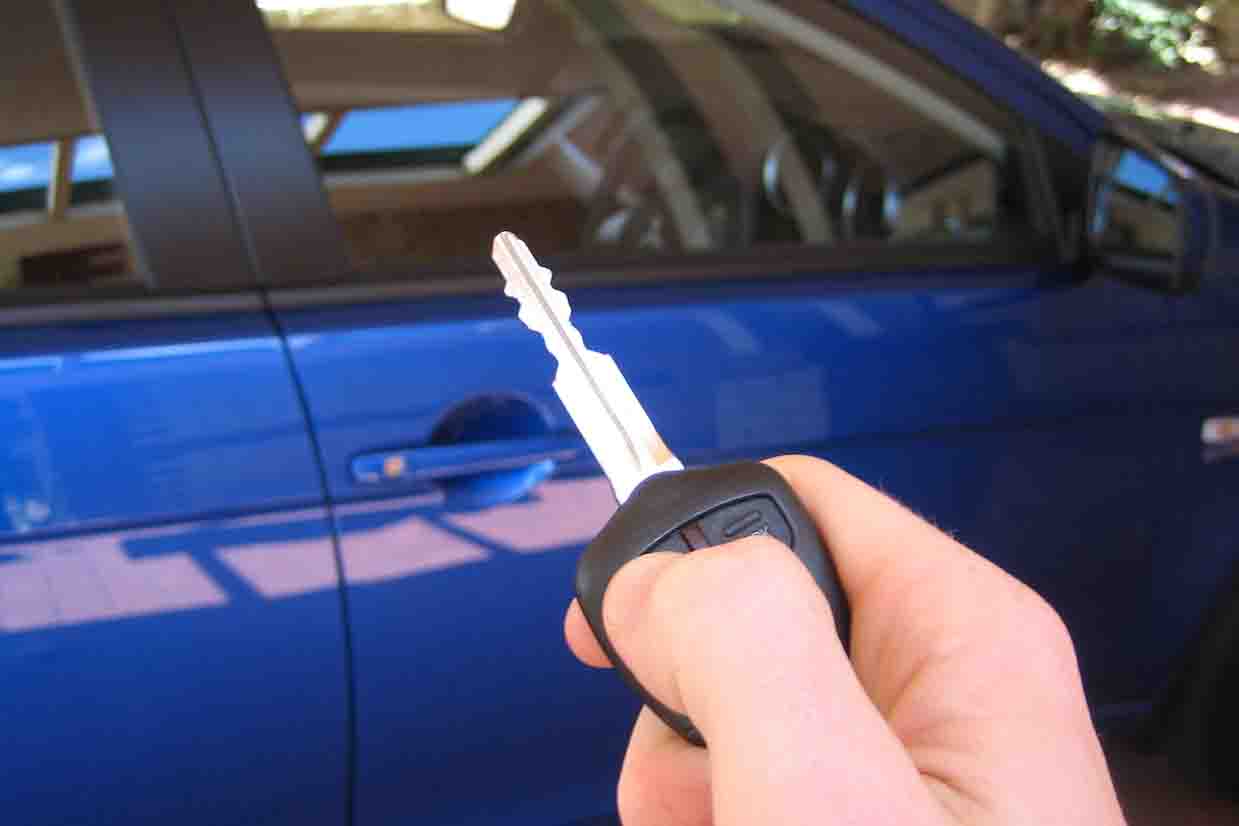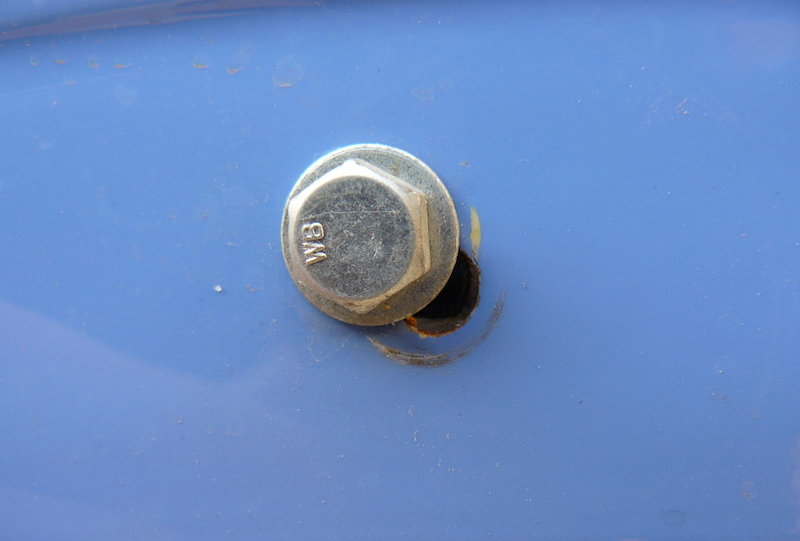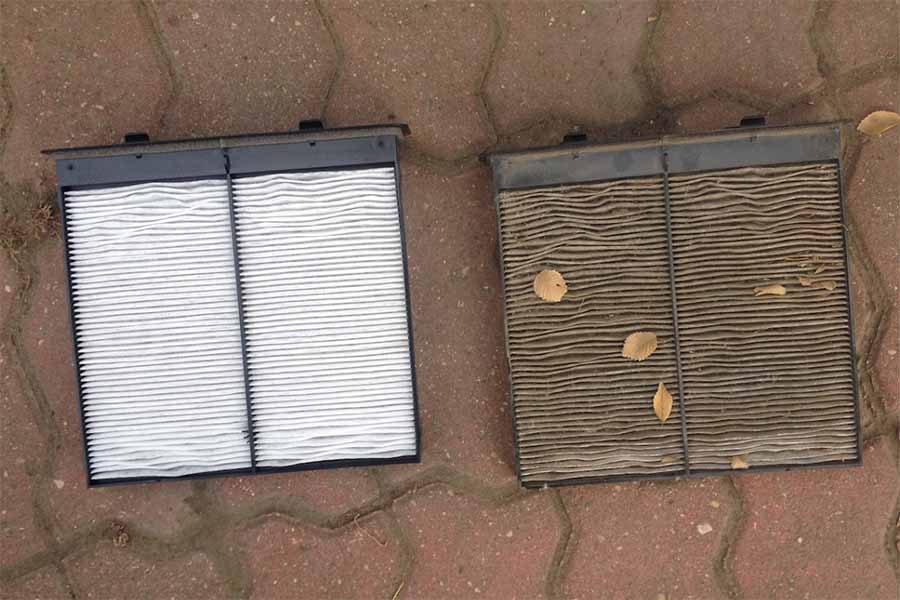
Source I Koldunov/iStock
Prevent wheel bearing failure by lubricating them at every brake job.
While some wheel bearings are sealed and lubricated for life, many more are not. Servicing your wheel bearings on a regular basis will protect their seals from heat and damage.
Before you take your vehicle to your local mechanic, consider servicing the wheel bearings yourself. The job may be messy, but it's easy and crucial to your vehicle's smooth operation. Most DIYers can finish this job in an hour or less.
What does a wheel bearing do?
Wheel bearings enable the wheels to turn easily on their axle. Good wheel bearings allow the wheels to spin quickly and evenly with little friction. Bad wheel bearings can cause excessive or uneven tire wear and/or damage to other parts inside the hub assembly.
Do I need to replace the wheel bearing?
To check if you need to replace your wheel bearings, secure your vehicle up on jack stands. Place your hands on the tire at 12 and 6 o’clock. Try to tip the wheel. Do the same with your hands at 3 and 9 o’clock. If you note a lot of free-play, you may need to replace your wheel bearings. Another sign that your wheel bearings need to be replaced is a sound described as a rhythmic thumping or like playing cards stuck in a bicycle's spokes. The noise will grow louder over time.
This is a project that needs some know-how
-
Use brake cleaner to clean off the old grease. Do not use compressed air. Look for scoring, flaking, blue, or heated spots. Bearings should be smooth and the finish consistent. If you see bluing, hotspots or other damage, replace the bearings.
-
A bearing packing tool makes the job easier. Place the bearing between the discs and force grease between the inner and outer races of the bearing. Some bearing tools are designed for use with a grease gun. These tools are like two cones with a spindle up the center; you place the bearing between the cones, connect the spindle to the grease gun's nozzle and force the old grease out under pressure.
-
Put a large dollop of grease into one hand and scoop grease into the large side of the bearing, making sure the grease gets inside.
-
Rotate the bearing and keep scooping until grease oozes from all the openings, and has completely covered the bearings and races.
-
On reassembly, tighten the spindle nut until the wheel is tight and requires effort to spin, then back off 1/4-1/2 turn until the wheel spins freely.
-
Insert new cotter pin and replace dust cover.
Synthetic grease offers superior lubrication protection. Consult a repair manual for the specific grease you need for your vehicle.
When checking the wheel bearings, remember that excessive play in a front wheel can also indicate ball joint problems. Also be aware that metallic clicking or ratcheting noises from the front wheels can mean CV issues on a front-wheel-drive car; the difference is that CV problems will make a louder noise when turning tightly.







